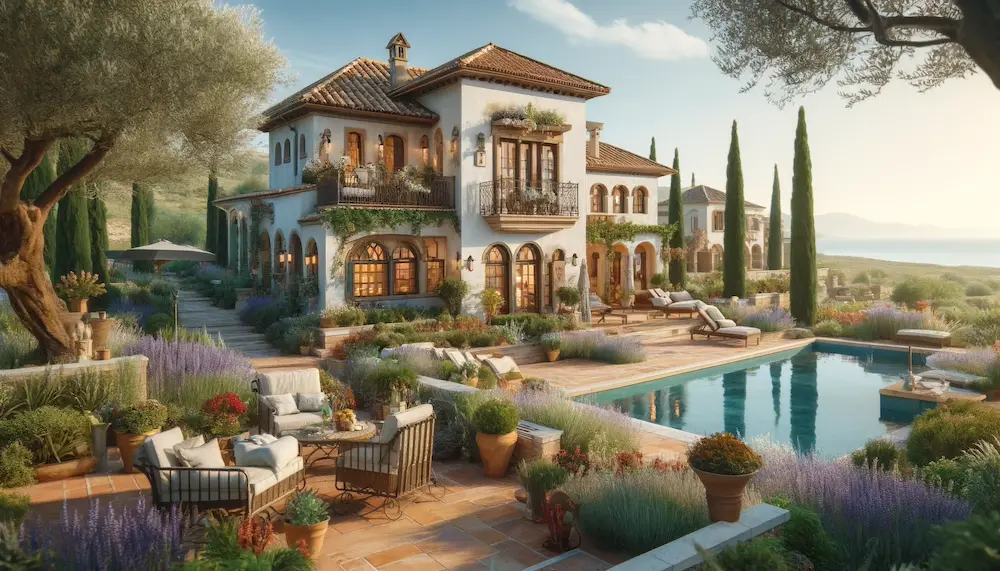Mediterranean villas capture the essence of Southern European coastal living, blending traditional architectural elements with modern comforts. This article explores the concept of Mediterranean villas, their historical development, defining features, applications, and key considerations for prospective homeowners.
Introduction to Mediterranean Villas
A Mediterranean villa embodies the architectural styles of countries bordering the Mediterranean Sea, notably Spain, Italy, and Greece. These residences are designed to harmonize with warm climates, emphasizing indoor-outdoor living, natural materials, and a relaxed yet elegant aesthetic.
History and Origins of Mediterranean Villas
Mediterranean architecture has evolved over centuries, influenced by various civilizations and cultural exchanges across Europe, Asia, and Africa. The style gained prominence in the United States during the 1920s, inspired by Spanish Colonial, Italian Renaissance, and Mission Revival architectures. This period saw the construction of seaside resorts and homes that sought to capture the allure of Mediterranean coastal living.
Key Features of Mediterranean Villas
Mediterranean villas are characterized by several distinctive elements:
- Stucco Exteriors: Walls finished with stucco, often painted in warm earth tones or white, reflecting sunlight and keeping interiors cool.
- Red-Tiled Roofs: Low-pitched roofs covered with red clay tiles, a hallmark of the style, providing both aesthetic appeal and practical benefits in warm climates.
- Arched Doorways and Windows: Rounded arches that add elegance and facilitate airflow throughout the home.
- Courtyards and Patios: Central courtyards and expansive patios that extend living spaces outdoors, fostering a connection with nature.
- Natural Materials: Use of materials like terracotta, stone, and wrought iron, contributing to a rustic yet refined ambiance.
Applications of Mediterranean Villas
Mediterranean villas serve various purposes, including:
- Private Residences: Offering comfortable and elegant living spaces that embrace a relaxed lifestyle.
- Vacation Homes: Providing serene retreats that evoke the charm of Mediterranean coastal regions.
- Boutique Hotels: Serving as intimate accommodations that offer guests an authentic Mediterranean experience.
Considerations When Choosing a Mediterranean Villa
When selecting or designing a Mediterranean villa, consider the following:
- Climate Compatibility: Ensure the architectural features are suited to the local climate, particularly in regions with warm temperatures.
- Authenticity: Incorporate traditional design elements to achieve an authentic Mediterranean aesthetic.
- Maintenance: Be prepared for upkeep associated with materials like stucco and terracotta, which may require periodic maintenance.
- Cultural Sensitivity: Respect the cultural origins of the architectural style, especially when building in non-Mediterranean regions.
Conclusion
Mediterranean villas offer a timeless appeal, combining historical architectural elements with modern living comforts. Their distinctive features and emphasis on indoor-outdoor harmony make them a desirable choice for those seeking elegance and relaxation in their living spaces.
